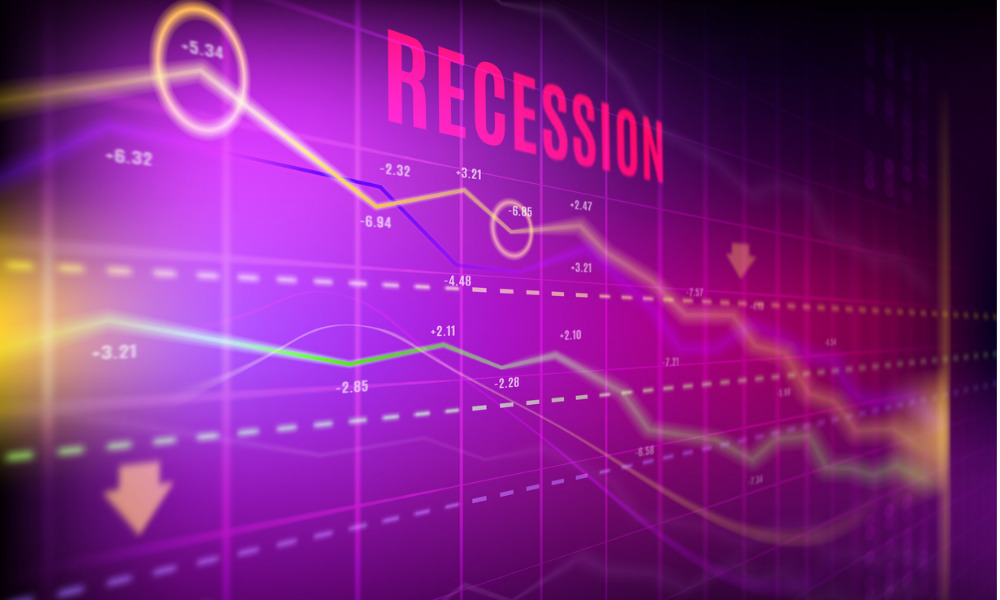Fixed-income expert lays out history of correlations with market and economic events

While the current situation on inflation opens the door to different possible economic and market scenarios, the two-year Treasury yield, may help market observers and investors see where we’re headed.
That’s according to a recent analysis conducted by David Stonehouse, senior vice-president and head of North American and Specialty Investments AGF Investments.
According to Stonehouse, the two-year Treasury yield has established itself as a very reliable indicator of the federal funds rate. Since it reflects the market's expectations for the time-weighted average benchmark interest rate for the following two years, he said, it tends to move before the federal funds rate.
By manifesting where the market expects the Fed and the economy to go, it tends to impact the rest of the bond market.
“Typically, when the two-year yield and the fed rate cross, it signals an upcoming policy inflection point,” he said, referring to a chart drawn from data going back to the 1990s. He cited instances in early 2000, 2006, and late 2018, with a reversal in the funds rate following each instance.
Read more: How high will hawkish Fed push interest rates in the next year?
The phenomenon also tends to be directional, he added. When the two-year yield crosses below the rate line, rates decline; when it passes above, rates increase, as in late 2021.
“[T]he two-year yield crossing below the federal funds rate is a reliable signal of a coming change from tight to easy monetary policy,” Stonehouse said, noting that there’s still a wide gap between the two-year yield and the fed rate.
The two-year can also point toward the future direction of the rest of the bond market. Based on data mapping yields on the two-year and 10-year Treasuries going back to the 1980s, Stonehouse noted that the two frequently converge during market inflection points.
“Those intersections can reflect yield curve inversions (a bad signal for the economy) or steepenings out of inversions (good),” he said. “It’s also important to note here that the 10-year typically peaks along with the two-year.”
The federal funds rate still has much room to go, Stonehouse said, which means two-year yields still have room to climb, suggesting it might be too soon to be bullish on bonds. Still, the fact that the yields on the two-year and the 10-year are converging now after being inverted since March is an encouraging hint of a possible end to the now two-year-old bond bear market.
Read more: How can investors dull the bite of a cyclical bond bear market?
The yield on the two-year Treasury can also be used to forecast when and whether a recession may occur. Based on records going back to the ‘80s, he said peaks in the two-year yield typically occur 12 to 18 months before a recession.
“When the Fed is done hiking (as pre-dated by two-year yield peaks), it usually means a hard landing for the economy,” he said, noting that central banks rarely engineer soft landings. “This analysis suggests that a recession, should there be one, is still some distance away – and nobody, not even the Fed, can accurately predict what’s going to happen in a year.”



